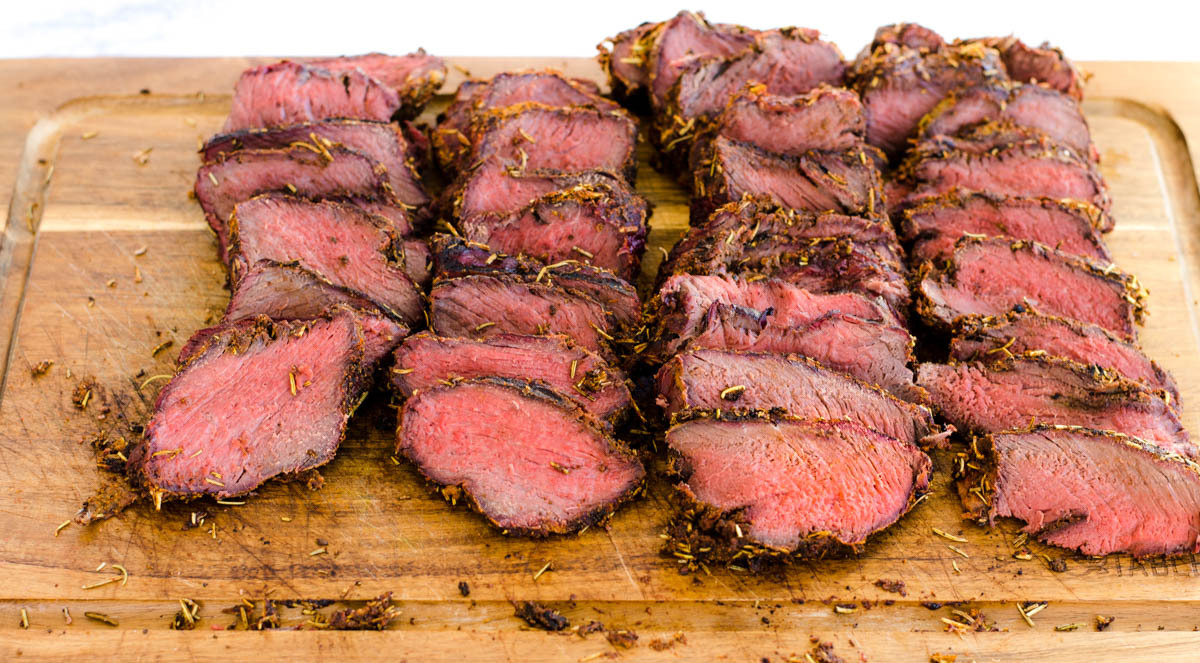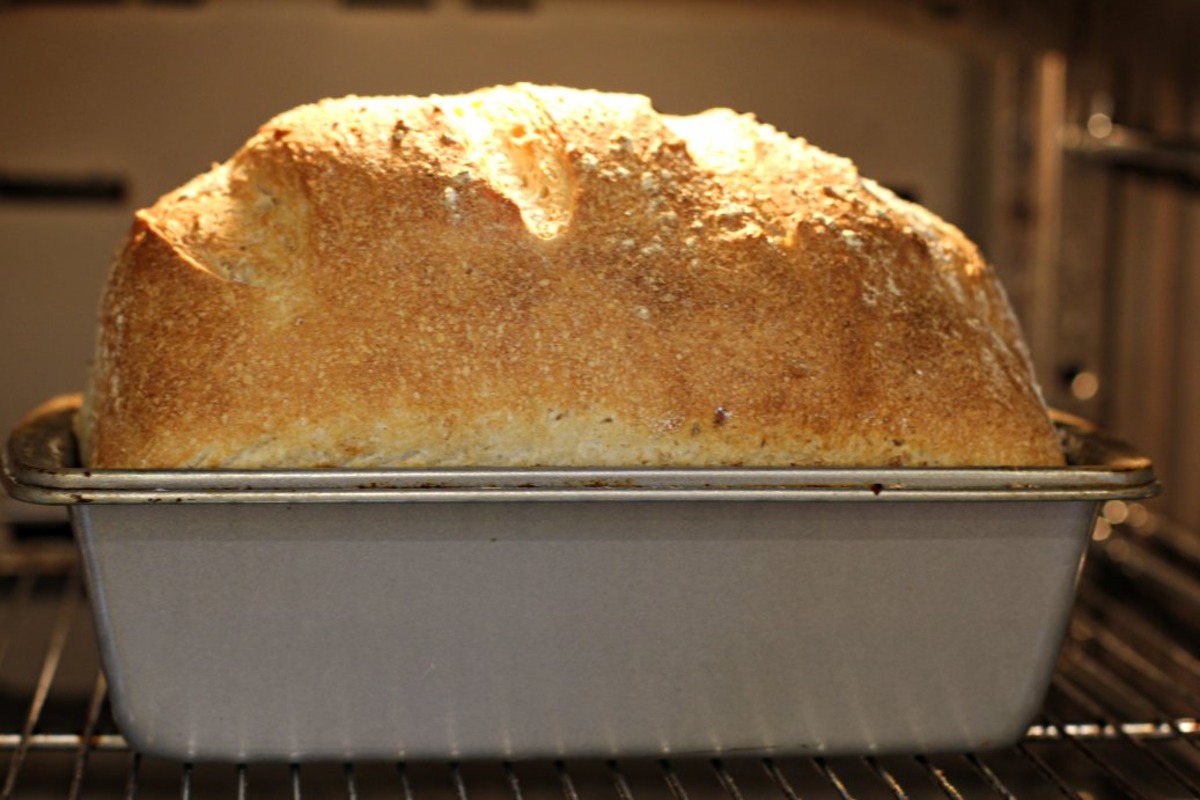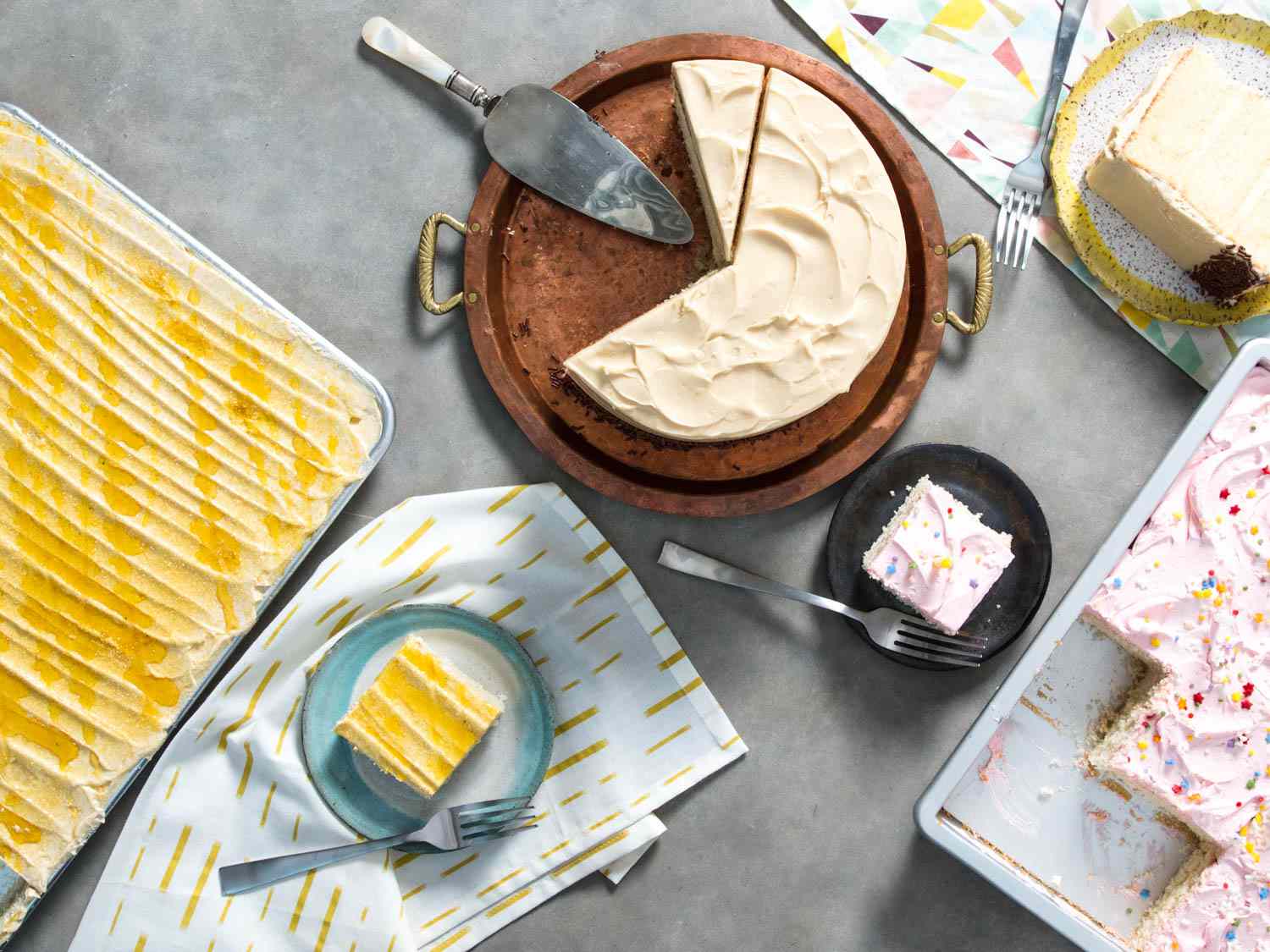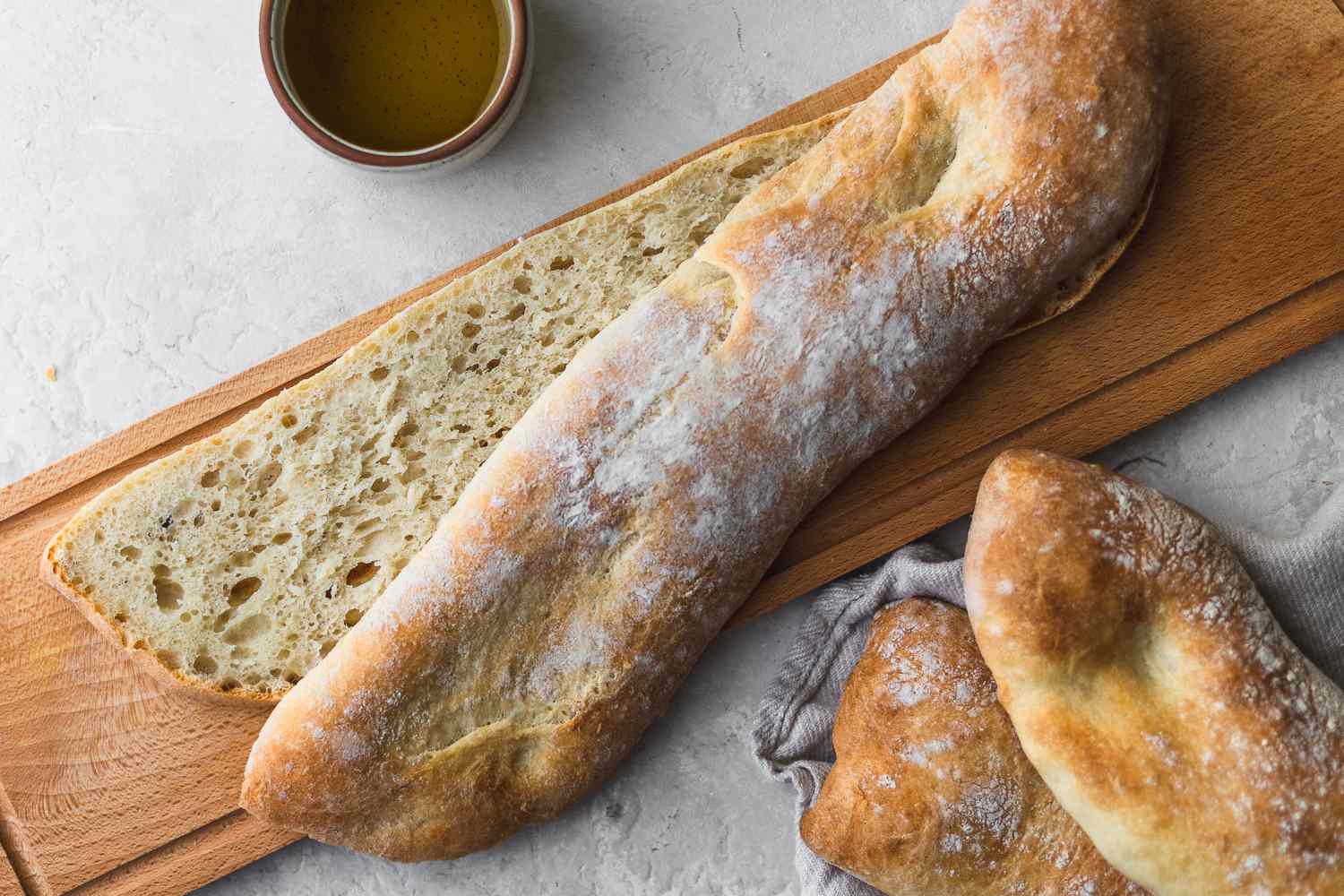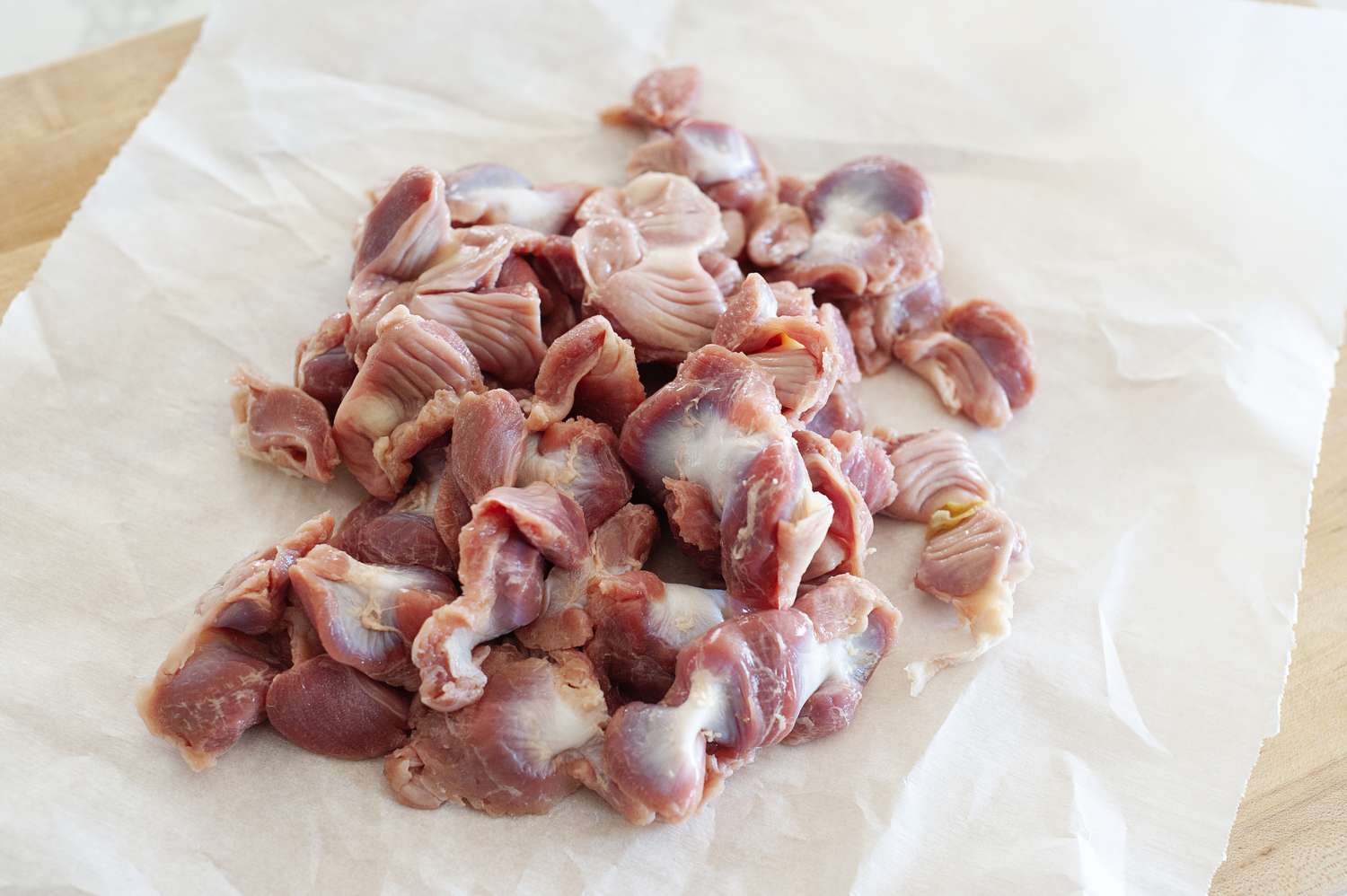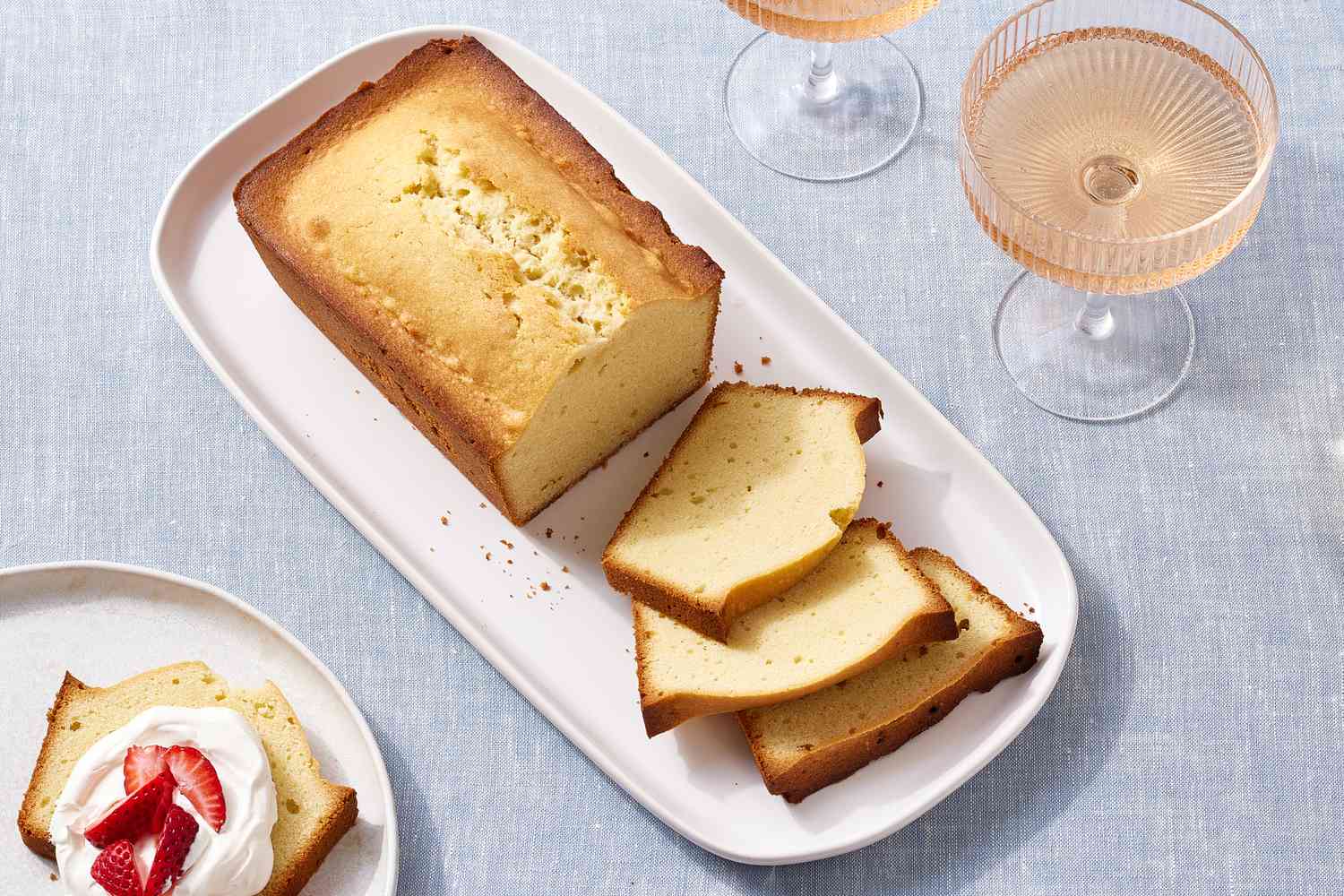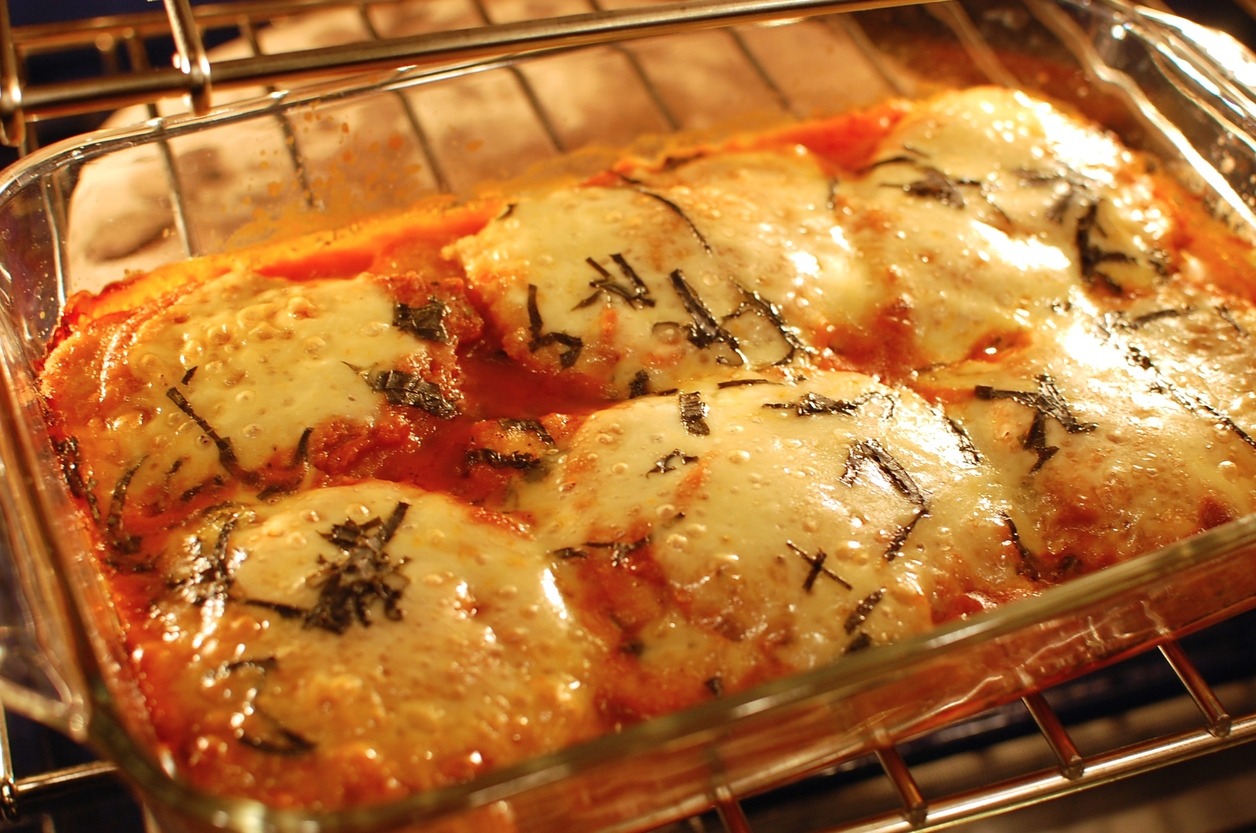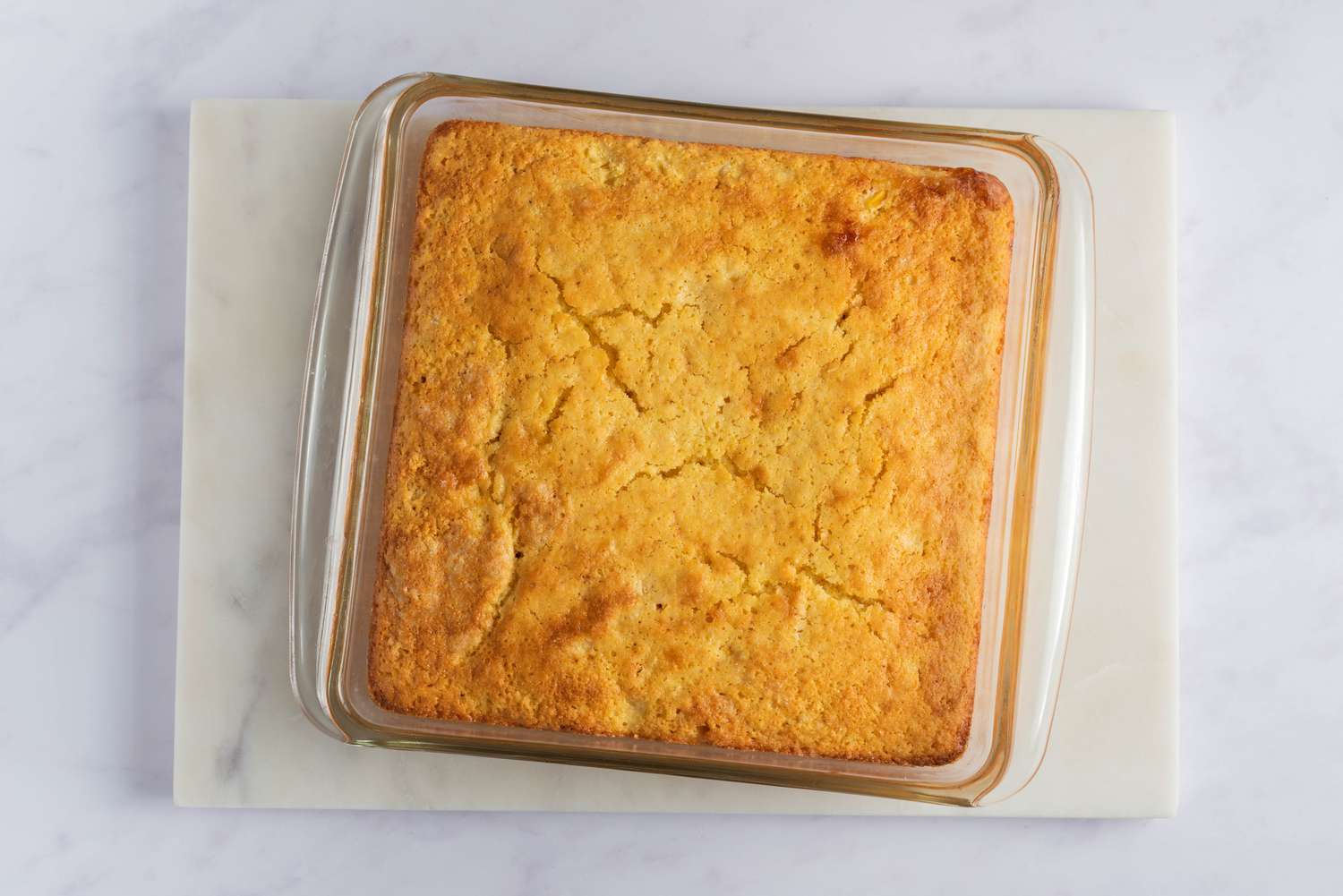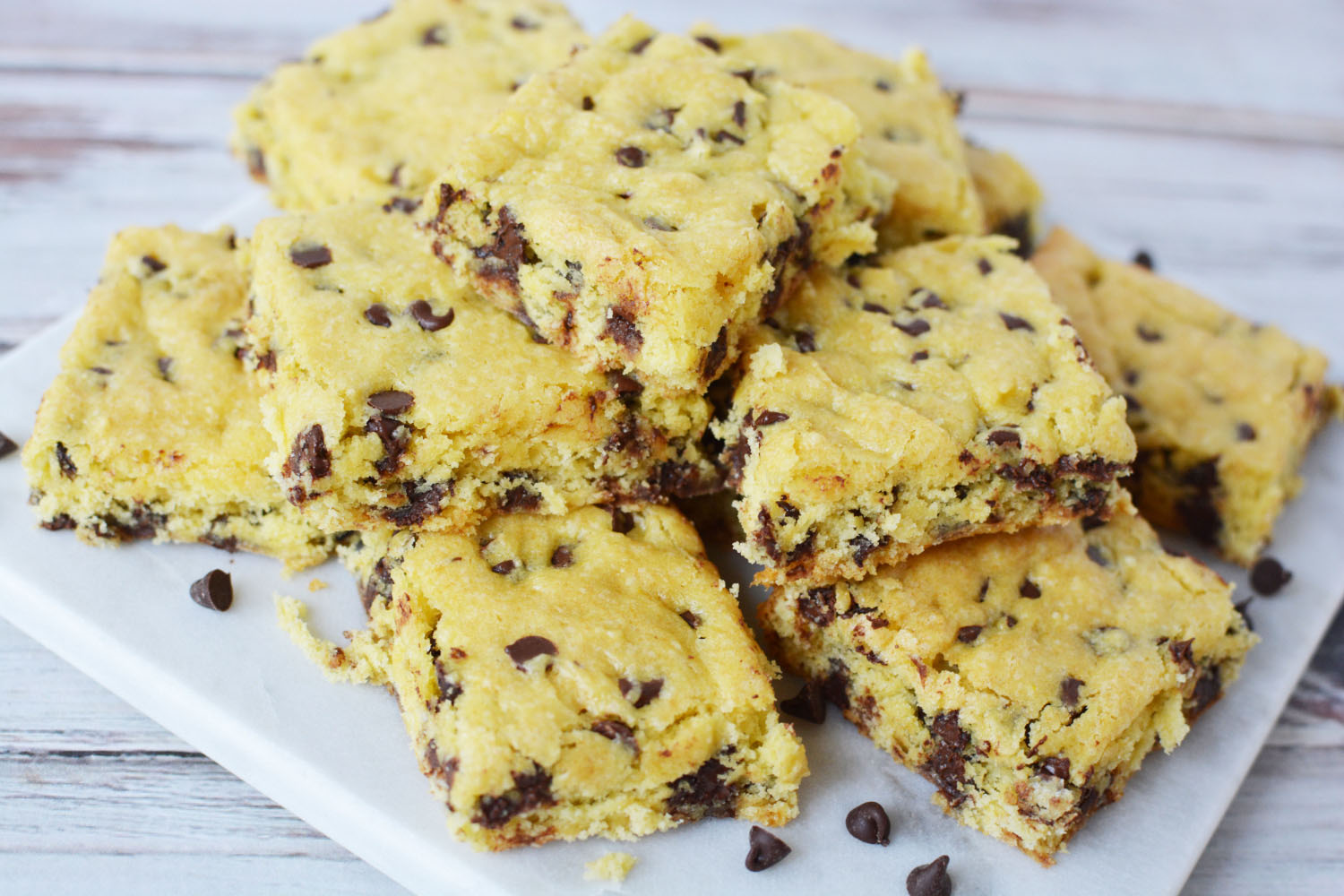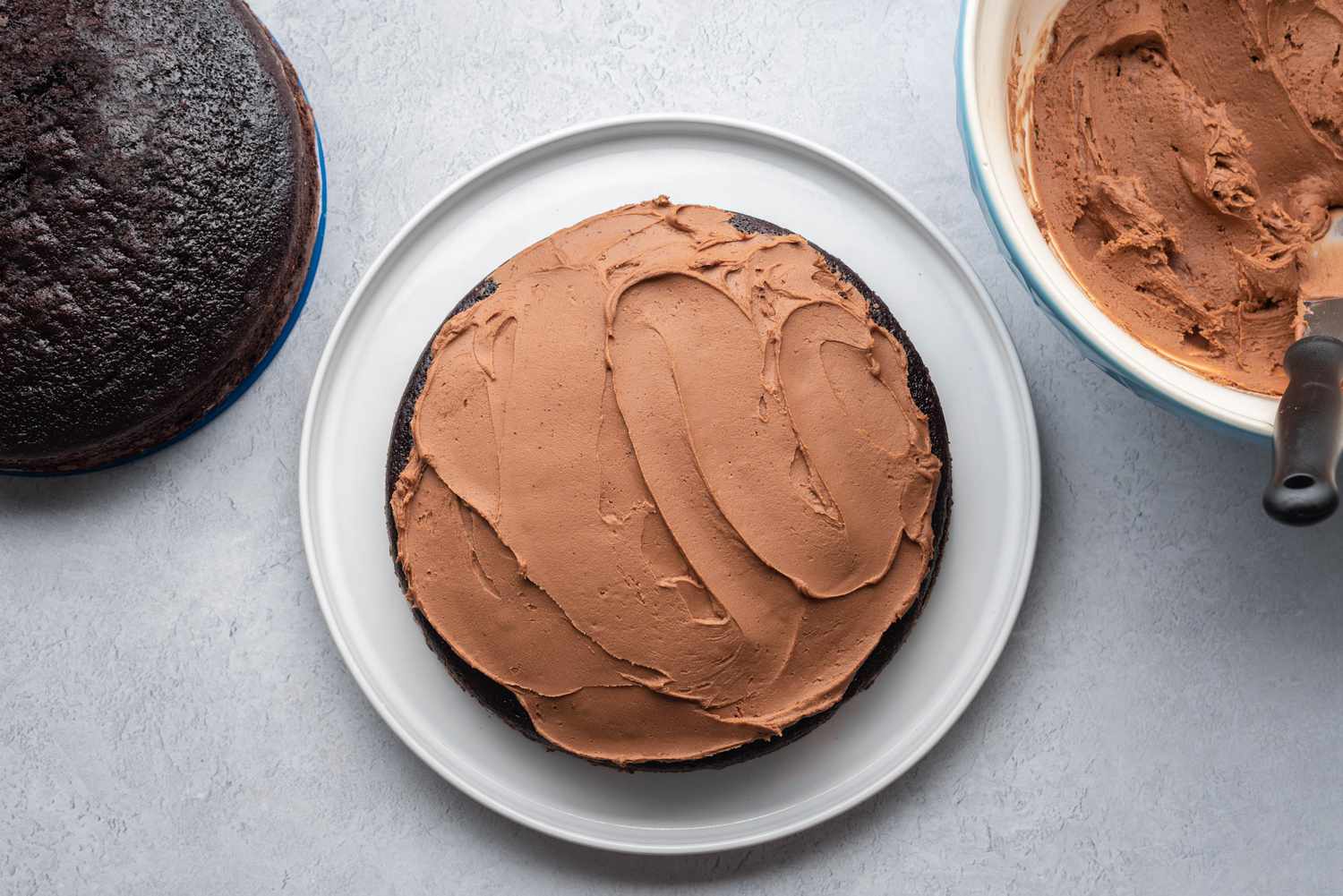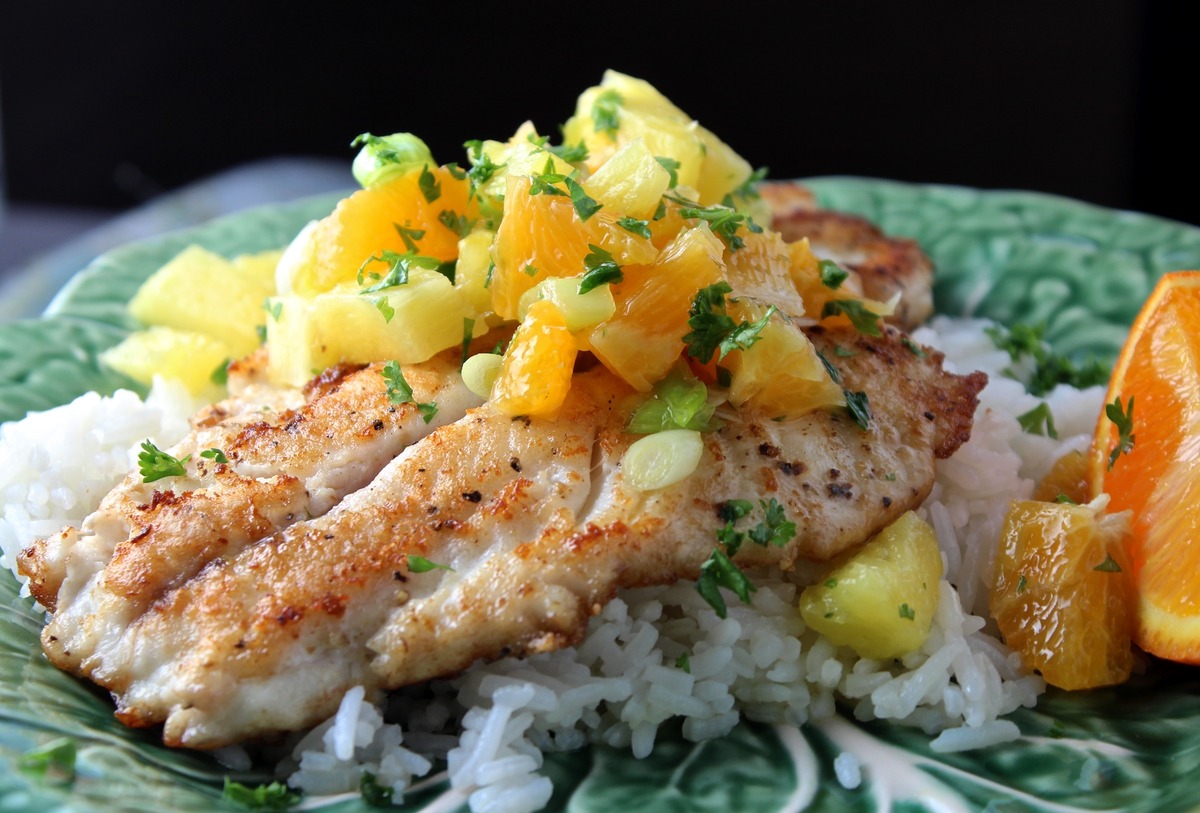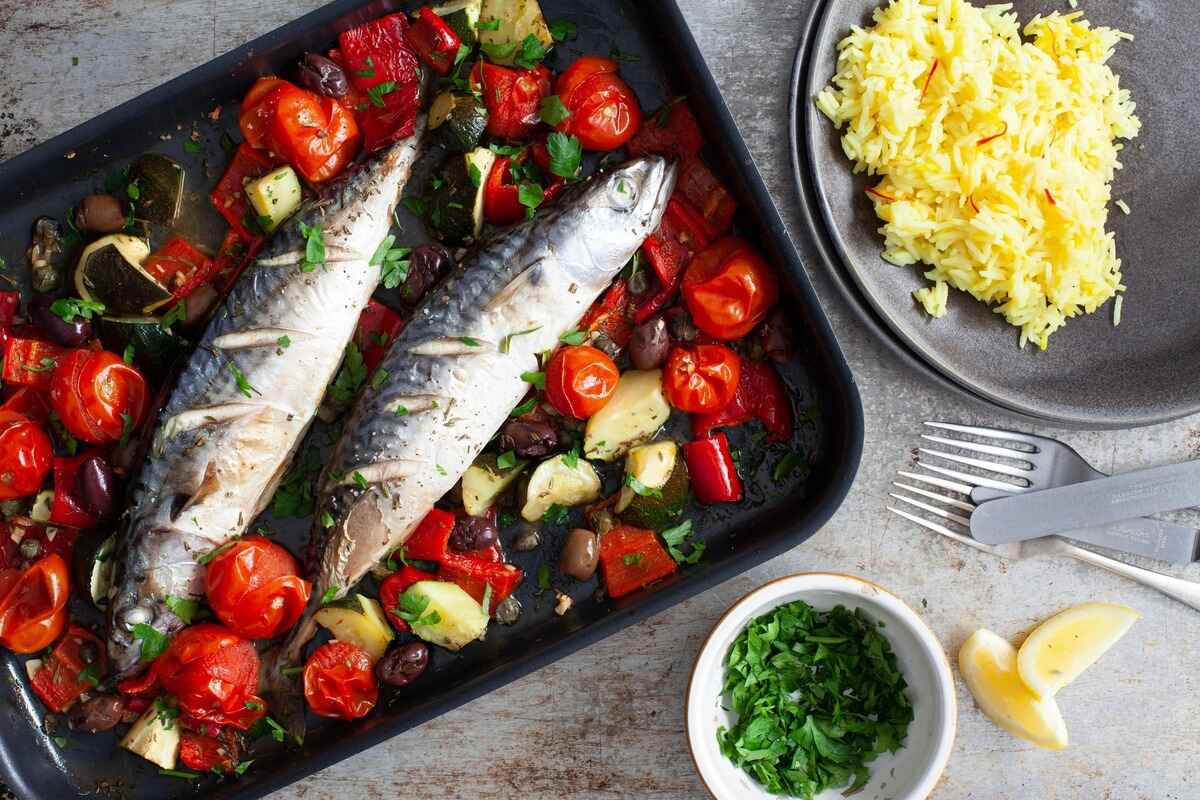All You Need To Know About Bread
Welcome to our comprehensive guide on everything you need to know about bread! Whether it’s a warm slice of toast in the morning or a crusty baguette with dinner, bread is a staple in many cuisines around the world. In this article, we will delve into the fascinating history, different types, and health benefits of bread. So, grab a fresh loaf and let’s get started!
The History of Bread
Bread has been a dietary staple for thousands of years, with evidence of its existence dating back to ancient Egypt and Mesopotamia. Originally, bread was made using simple ingredients like flour, water, and yeast or sourdough starter. As time went on, new techniques and ingredients were discovered, resulting in the diversity of bread we have today.
Fun fact: Did you know that the invention of sliced bread in 1928 revolutionized the way we enjoy our sandwiches? It made it easier for people to make sandwiches quickly and neatly, leading to the popular saying, “the best thing since sliced bread!”
Types of Bread
Bread comes in a variety of shapes, sizes, and flavors. Here are some popular types of bread from around the world:
- Sourdough: Known for its tangy flavor and chewy texture, sourdough bread is made from a fermented dough using wild yeast and bacteria.
- Baguette: A French classic, the baguette is characterized by its long, slender shape and crispy crust.
- Whole Wheat: Made from flour that contains the entire grain kernel, whole wheat bread is higher in fiber and nutrients compared to refined white bread.
- Pita: Originating from the Middle East, pita bread is a round, hollow bread that is perfect for stuffing with falafel or filling with veggies.
- Brioche: This rich and buttery bread is popular in French cuisine and is often enjoyed as a sweet treat or used as a base for sandwiches.
These are just a few examples of the many types of bread available, each with its own distinct characteristics and regional variations.
The Health Benefits of Bread
Bread often gets a bad reputation when it comes to health, but it can actually be a nutritious addition to your diet:
- Source of carbohydrates: Bread is a great source of energy due to its carbohydrate content, which provides fuel for our bodies.
- Dietary fiber: Whole grain bread, in particular, is rich in fiber, which aids digestion and promotes a feeling of fullness.
- Nutrient-rich: Many types of bread, especially those made with whole grains, contain essential vitamins and minerals like iron, B vitamins, and antioxidants.
It’s important to note that the health benefits of bread can vary depending on the type and quality. Opting for whole grain or sourdough bread is generally a healthier choice compared to heavily processed and refined options.
In Conclusion
Bread is a versatile and beloved food that has stood the test of time. From its ancient origins to the wide array of choices available today, there is a bread for every taste and preference. Whether you prefer a classic baguette or a hearty whole wheat loaf, embrace the beauty of bread and enjoy it as part of a balanced diet.
Remember, all you need to know about bread is that it brings people together, adds flavor to our meals, and nourishes both our bodies and souls. So go ahead, break bread and savor every delicious bite!
Was this page helpful?
Read Next: Hot Cross Buns – Recipes And Tips
